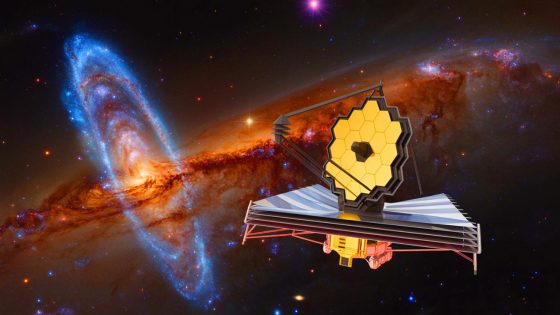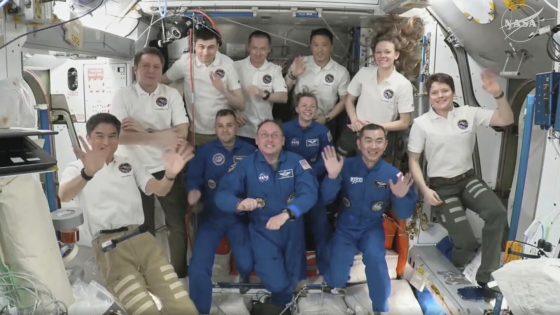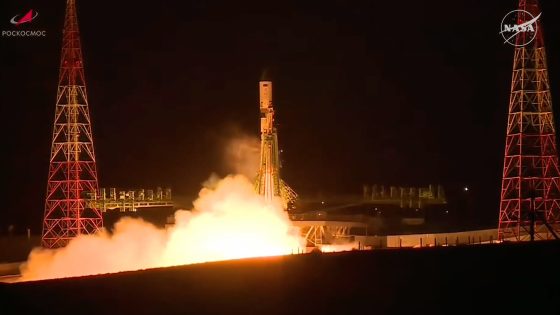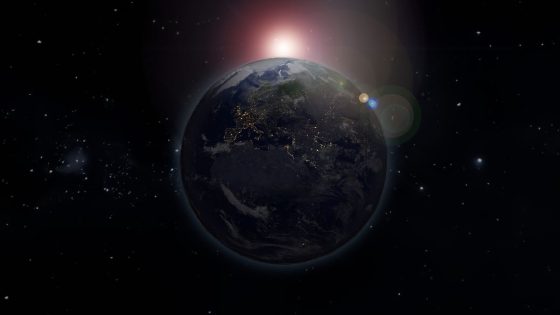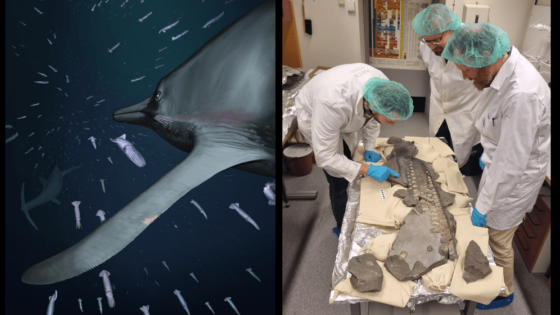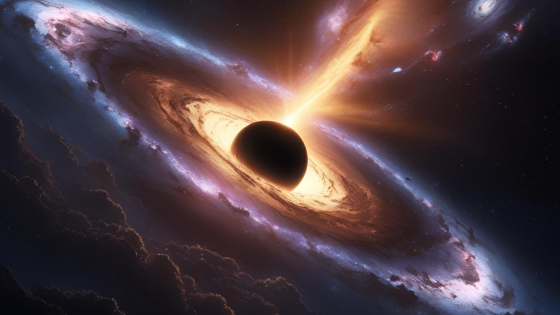Recent findings from the James Webb Space Telescope (JWST) have sparked excitement in the scientific community, revealing intriguing patterns in galactic rotations. This groundbreaking research indicates that about 60% of ancient galaxies rotate clockwise, challenging long-held assumptions of randomness in the cosmos.
- 60% of ancient galaxies rotate clockwise.
- Universe may reside within a massive black hole.
- Observational bias could explain galactic rotations.
- New theories required for cosmic understanding.
- Continued exploration essential for cosmic insights.
- JWST findings challenge existing cosmological models.
As researchers at Kansas State University analyzed images of 263 ancient galaxies, some dating back to just 300 million years after the Big Bang, they proposed a bold hypothesis: our universe may exist within a massive black hole. This idea, presented on 2025-08-21 15:11:00, could redefine our understanding of cosmic principles and the very nature of space-time.
This discovery raises critical questions about the structure of the universe. If a significant number of galaxies share a rotational alignment, what does this imply about cosmic dynamics? Could it indicate a deeper, underlying order in the universe? Consider these points:
- Potential for a shared origin of rotational patterns.
- Implications for our understanding of black holes and cosmic structure.
- Need for recalibrating observational tools to account for biases.
As we push the boundaries of astronomical research, what other cosmic mysteries await discovery? Continued exploration could lead to revolutionary insights about our place in the universe.



